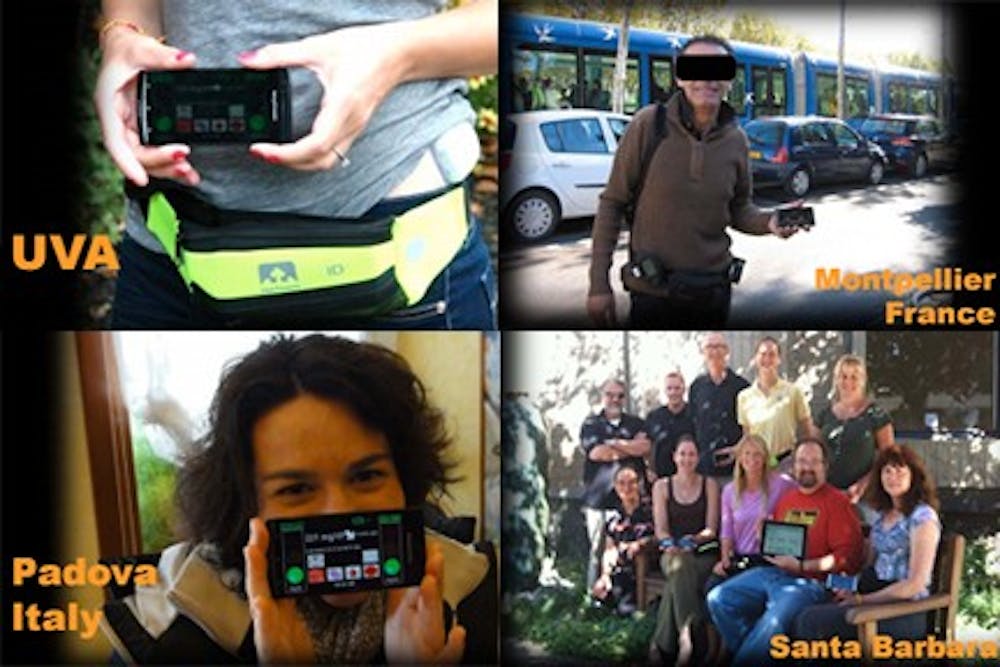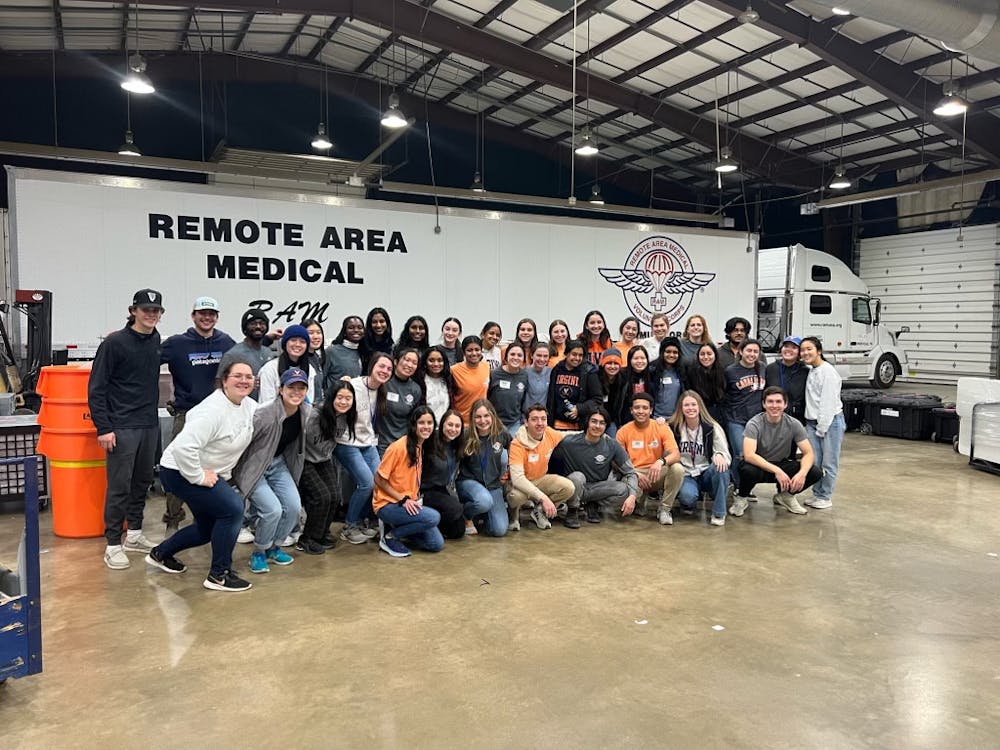Type 1 diabetes currently requires consistent monitoring of blood sugar levels with either finger pricks or a continuous glucose monitor. Researchers at the University have developed an artificial pancreas to read and control patient blood sugar, eliminating the need for these painful pricks.
“Type 1 diabetes is an autoimmune disease that results in the destruction of specific cells in the pancreas that make a hormone called insulin … Without insulin, blood sugar levels rise and cause symptoms such as increased thirst, increased urination, blurry vision and weight loss,” said Jennifer Kirby, assistant professor of endocrinology and metabolism.
The artificial pancreas works as a closed-loop advisory system, which means that it links a continuous glucose monitor with an insulin pump. Thus, patients with type 1 diabetes would not have to constantly monitor their glucose levels.
“It’s not uncommon for patients with type 1 diabetes to spend three hours or more a day managing their diabetes,” Kirby said.
Behind the device is mathematician-by-trade Boris P. Kovatchev, Director of the Center for Diabetes Technology. Motivated by a family history of the disease, Kovatchev began working with diabetes in 1996 and has since pioneered in-silico models of human metabolic systems.
“Our job was to link the two, link monitoring with ... Automated insulin delivery and put some brain in-between which was done initially on laptop computers then now, with us, it will be on a smartphone,” Kovatchev said.
To design the artificial pancreas, Kovatchev said they began with a “quantitative understanding of the human metabolic system” driving the cycle between consumption and metabolism of sugars. From there, the team developed mathematical models containing several parameters catered to individuals.
In the future, Kovatchev intends to continue working with the artificial pancreas by releasing newer generations of the system. He also hopes to extend its capabilities to serve people with type 2 diabetes, as well as to transform the artificial pancreas into a digital health ecosystem — allowing comparison of patient data with genetic and medical records.
When discussing the project, Kovatchev cited the multi-disciplinary collaboration necessary to make the artificial pancreas a reality.
Kovatchev said “computer science, engineering, cybersecurity, communications with devices and mathematical modeling” were all essential components in the design of the device.
Two clinical trials with the artificial pancreas will soon be underway — the first of which will involve 240 patients with type 1 diabetes and testing the artificial pancreas function as study participants go about their daily routines. The second will follow 180 patients of the first study for an additional six months to test a Harvard University-developed algorithm and determines whether it further improves the control of blood sugar.
Kovatchev offered advice to University students interested in pursuing careers in healthcare technology.
“Stay interdisciplinary,” he said. “Don’t get fixated on any one specific thing too long, at least initially.”





